Answering Your Most-asked Roofing Material Questions – Part One
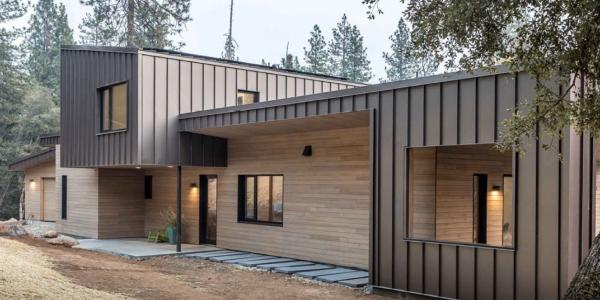
By ASC Building Products.
This guide was created from the most frequently asked questions customers send in to the professionals at ASC Building Products, and part one reviews the top five.
Sometimes it’s a good idea to ask for a bit of extra help from roofing experts when it comes to finding the best project materials. The team of experts at ASC Building Products has put together this informative guide for contractors who are looking to brush up on their knowledge and gain new insights into the latest products!
What considerations should be made when selecting a metal panel coating?
There are several things you should consider when selecting, such as:
- The environment in which the panel is installed – This is important both from a performance perspective and an integration perspective. Performance considerations could include exposure to corrosion causing substances such as salt air and industrial output, and heavy or inconsistent UV exposure. These factors will influence the type of paint system. Integration considerations include color choice, gloss levels or other finish options to improve the way a metal panel integrates with other building materials and the environment.
- The type of end product it will be formed into – A key benefit of modern metal paint systems is how robust they are and can be formed into a variety of shapes and profiles without damaging or impacting the performance of the paint. However, some specialty coatings may not be suitable with some custom metal panel fabrication. For example, a painted finish is not suitable for welding. Always check with the product manufacturer to see what finish options are available.
- Type of panel profile – Different profiles can result in different visual phenomenon once installed. Things like oil canning or significant light reflection can be more prominent on flat metal surfaces. Selecting a low gloss or textured coating may alleviate some of these effects.
- End user performance expectations – The various coating technologies available will age differently over time and as a result will have varying degrees of warranty coverage. The needs of the building users for a robust warranty may necessitate the selection of higher end and premium paint systems such as PVDFs. A good place to start to help frame expectations is to read the warranty coverage for a preferred paint system.
- Potential Building Code or Regulatory restrictions – HOAs, proximity to military establishment or airports, urban planning codes or other specific codes e.g., Forest Service, may limit factors such as color selection and finish gloss levels.
- Energy efficiency and Environmental planning – Most paints are available with solar reflective cool pigments; however, lighter colors will always outperform darker colors for solar reflectance. In certain environments where this is critical to lower cooling costs and achieve building efficiency needs, such as those outlined by LEED, this may limit color selection. The best way to validate this is to understand the Solar Reflective Index (SRI) needs for a project then validate suitable colors on a product color card.
What should you know about pigment/solvents/resins; and how they create the colors?
There is a lot of science behind the development of paint, however all product users need is a base understanding of the composition of paint and the role of each ingredient.
Paints consists of three primary components: resins, pigments and solvents. Resins are the binder in the paint. They provide the coating’s physical and chemical attributes and determine how effectively the paint will adhere to a surface, flex and form, and weather. The resin chemistry is also the paint type name; polyester, silicone polyester, acrylic, epoxy, PVDF, etc. The primary role of pigments is to impart color, but they also contribute to energy efficiency, corrosion resistance and UV protection. The solvent dissolves the resin and pigment components into a consistency suitable for application. Additives may be added to the paint to fine tune or improve its performance characteristics.
Each of the three main components of paint can be modified based on specific end use. This modification process must take into consideration the application process to ensure the right adhesion, formability, color, and gloss is created. Other considerations include end use requirements, cost, and desired warranty coverage. Many attributes of a paint are trade-offs and paint mixes must be balanced to achieve certain characteristics.
Another key consideration is pigment type. Pigments impart color to paint. They are insoluble solid particles that are finely ground and dispersed in the resin and there are two key types – organic and inorganic. Organic pigments are typically derived from plants whereas inorganic pigments are metallic compounds or oxides that are further processed to provide excellent color stability. Organic pigments are usually brighter than inorganic pigments and can provide a cleaner or more distinctive look. However, organic pigments are less durable and fade faster when exposed to ultraviolet (UV) light, a key consideration for exterior building design. For some high visibility applications, the use of a clear coat over the top of finishes with bright organic pigments can help reduce color fade.
Can you provide an overview of the differences and benefits of prepainted metal versus coil coated metal?
Pre-painted metal and coil coating are one in the same, with pre-painted metal the product of coil coating. The term pre-painted metal arises from the fact the metal is painted before it is formed into finished products such as metal building panels. This is done on advanced coil coating lines. The term coil coating arises from the process in which flat metal is wound up into a coil to provide a long, continuous feed of material for painting. The bare coil is unwound, painted, then rewound into coil format in one fast, continuous process, one coil after another. Coil coating (or pre-painting) offers several benefits to post-painting or field painting, including:
- Consistency – As it is applied in a continuous, automated and controlled process the paint is applied in a highly consistent fashion, delivering a consistent quality product.
- Quality – When produced by a reputable coater, each coil must undergo several ASTM standard test procedures to ensure it is fit for purpose and of high quality. In many cases, field painting is only tested by visual inspection.
- A tighter bond – as the environment in which the paint is applied is controlled and the metal is properly treated and the paint promptly cured with high heat, the paint forms a tight bond to the base metal. This contributes to pre-painted metals having an extended life span which can exceed 50 years in many applications.
- A robust, flexible finish – This excellent adhesion to the substrate combined with superior flexibility of the paint enables it to be post-formed (why it’s called pre-painted). These finishes can be roll formed, stamped or manually bent into a multitude of building products without cracking or peeling, demonstrating how robust this finish is.
- Efficient inventory for end users – As it is formed after painting, this is also a win for end product manufacturers as they don’t need to inventory finished products. Rather, they can produce and store painted metal in the far more efficient coil format in which 5-10,000lbs of material takes up around 5×5 sq ft of floor space.
- More efficient use of paint – With a controlled environment, precise application and tightly bonded adhesion, less paint is needed to achieve a robust finish, improving paint efficiency and lowering the end price for product users.
- Environmentally friendly – The process is a closed loop system which means that the curing ovens capture and burn harmful Volatile Organic Compounds (VOCs) as a source of fuel.
How important is it for the panels to be pretreated? Why?
Pre-treatment is a critical stage in the painting process as it cleans and prepares the surface of the metal for painting. By ensuring the metal surface is clean, consistent and free of impurities, a stronger bond with the paint can be achieved. This in turn means a longer service life and reduces the likelihood of paint defects such as delamination, cracking or chipping.
But don’t worry, pretreatment application is a standard, integrated process in coil coating and it is applied as part of the paint line process before it is painted. As a result, it does not need to be specified as a standalone finish option.
What do we need to know about polyesters, SMPs and PVDFs, including performance characteristics and uses?
The key element to understand is that there are different benefits and tradeoffs for each system, rather than a singular best system for all applications. In terms of performance the three paint systems range from good (Polyester) to better (SMP), to best (PVDF), however this performance comes at a cost premium that may not be justified for all applications and panel types.
Polyester paint systems are typically the most economical paint system and offer the lowest level of UV resistance when compared to SMP and PVDF systems. As a result, they usually offer the shortest product warranties. However, polyesters are very versatile and easy to form and can be modified to suit a wide range of performance, color and gloss options. Polyester paint systems are typically designed for cost conscious applications such as agricultural and light commercial applications. Out of the three systems, polyester paints have some of the greatest formulation versatility to reach performance or price objectives. This means not all polyesters are necessarily apples to apples when comparing.
SMP (silicone modified polyester) paint systems are more durable compared to standard polyesters. They are modified with a different resin structure to improve their UV resistance qualities. SMP paint systems provide good weatherability (resistance to moisture, sunlight and temperature changes) and have a greater resistance to chalk and fading compared to polyester systems. Their balance of price and performance underpins their common use in residential roofing applications.
Fluorocarbon/polyvinylidene fluoride (PVDF) paint systems are known by several different names, but they all use the same polymer and provide the most durable paint system. PVDF systems exhibit exceptional chemicals, chalk and fade resistance and can resist degradation when exposed to aggressive weather elements such as urban grime, air pollutants, salt, high temperatures and humidity. Their high formability means they can be used on a wide range of preformed shapes, which is why they are often specified for high-end architectural and high-profile commercial projects. However, this paint system does attract a price premium over SMP systems. Testing has shown that PVDF systems are most durable when it makes up 70% of the overall resin composition. Some low cost PVDF options are available in 50% PVDF formulations but long-term performance is shown to drop off.
Original article source: ASC Building Products
Learn more about ASC Building Products in their Coffee Shop Directory or visit www.ascbp.com.
About ASC Building Products
ASC Building Products is a leading manufacturer of premium metal roofing and metal siding products for the residential, agricultural, and commercial segments. As a trusted brand for over 50 years, you can count on ASC Building Products’ variety of metal panels and colors to provide performance, long-lasting value, and peace of mind to protect what’s important. Find out more at www.ascbp.com.

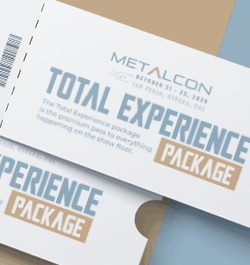
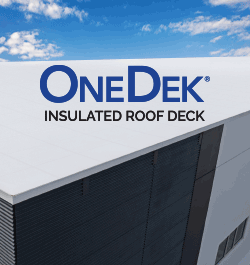










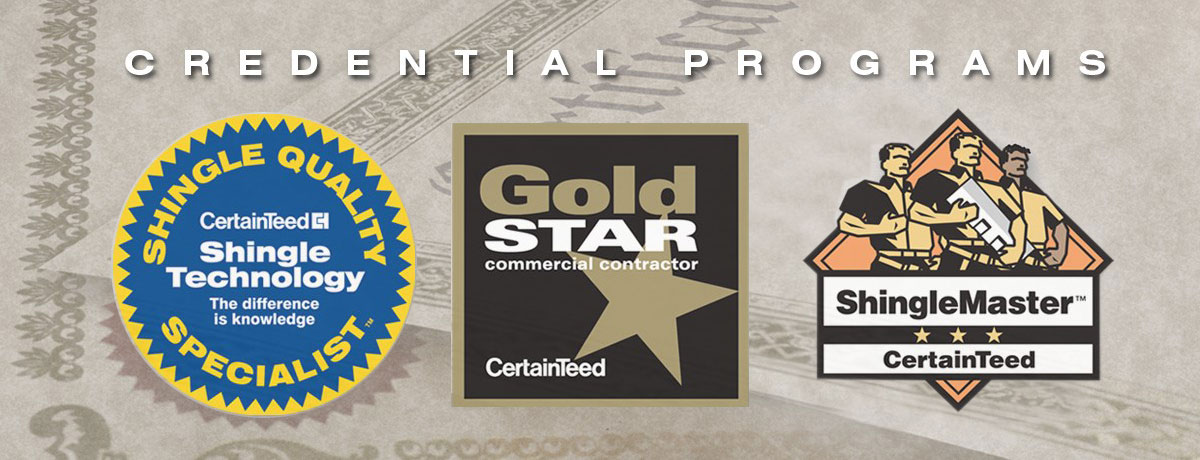
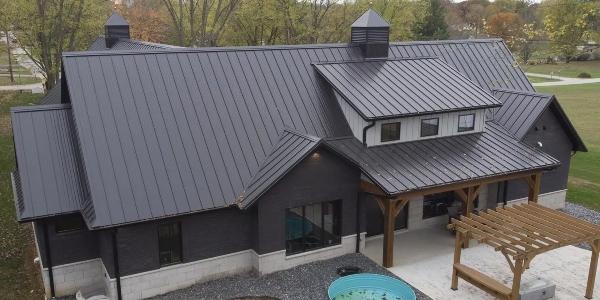
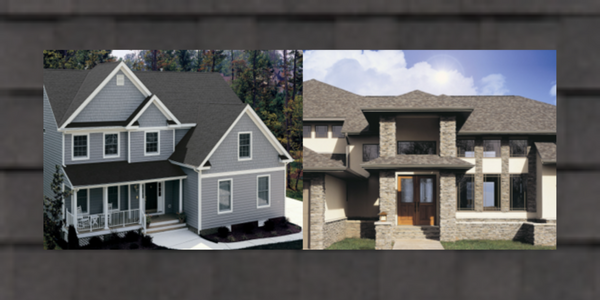

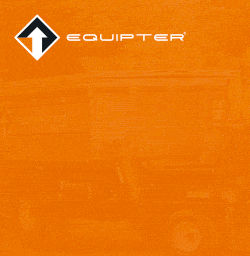

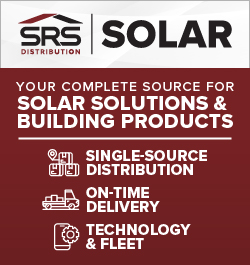


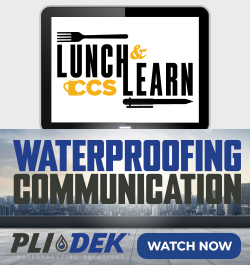
Comments
Leave a Reply
Have an account? Login to leave a comment!
Sign In